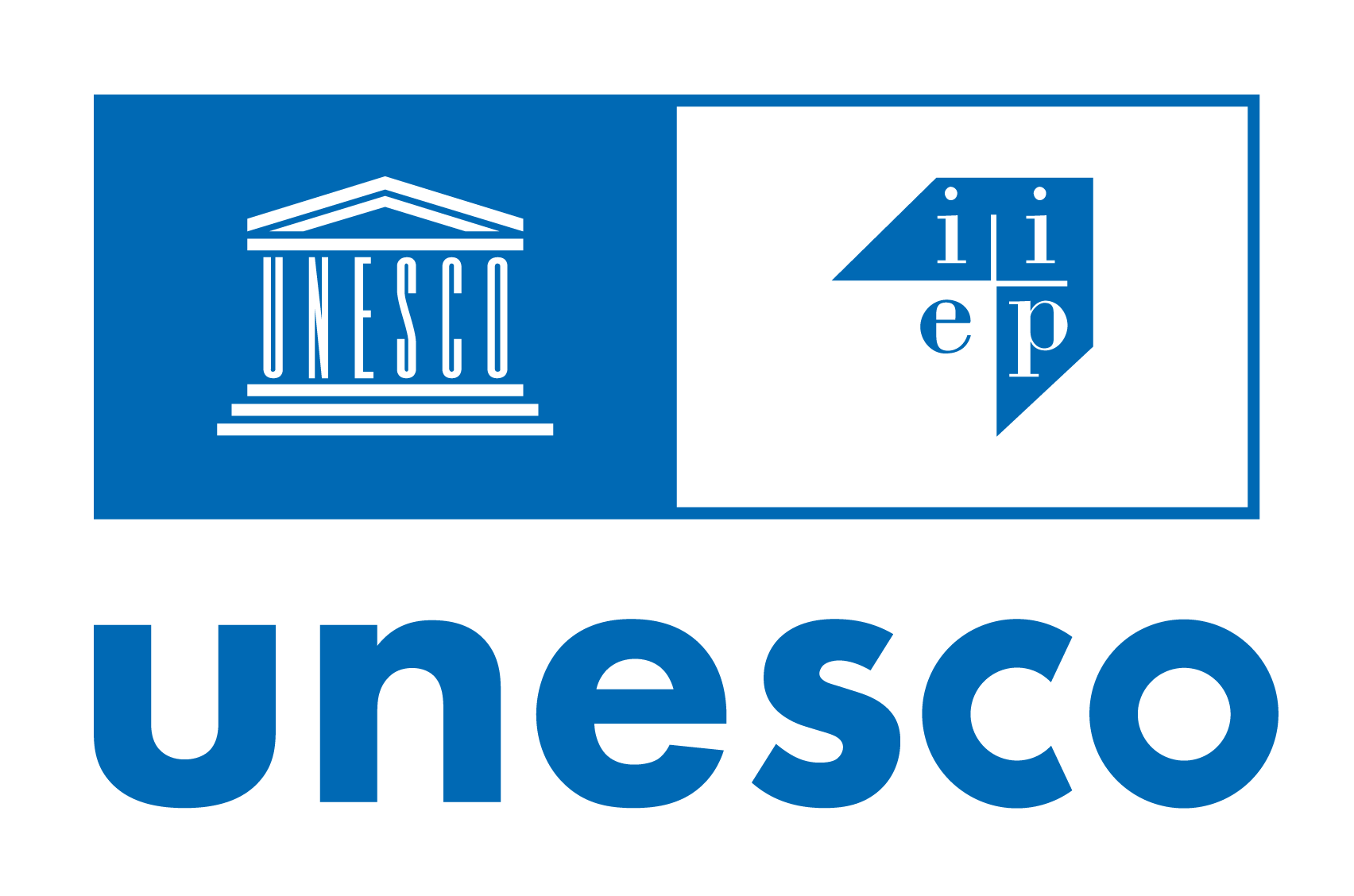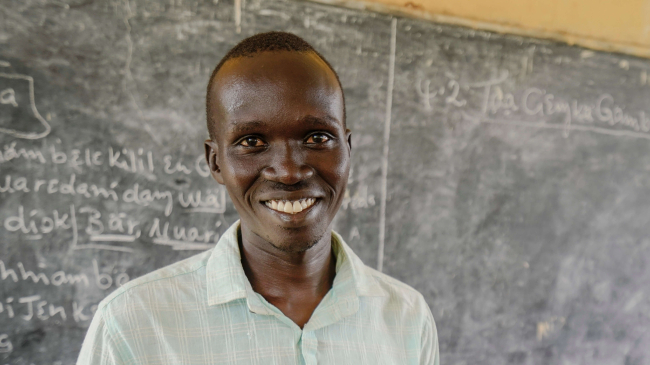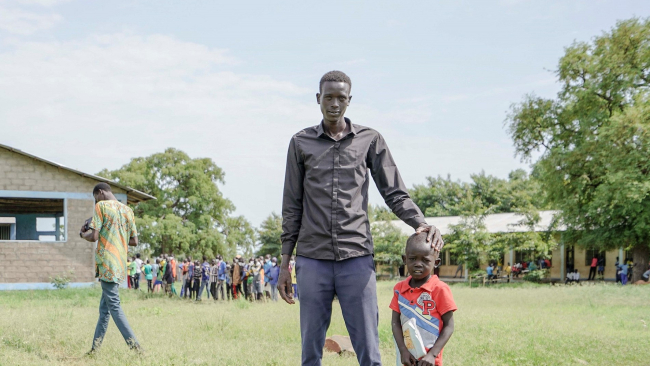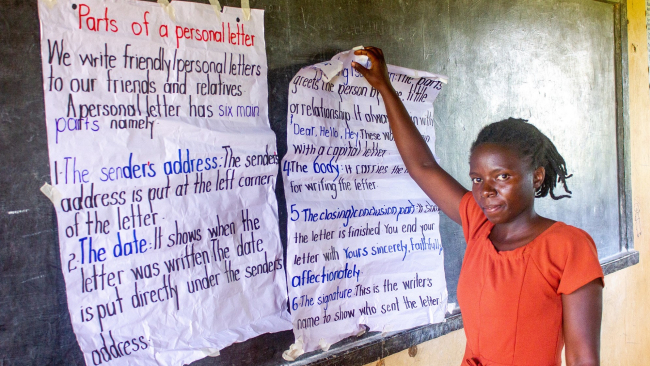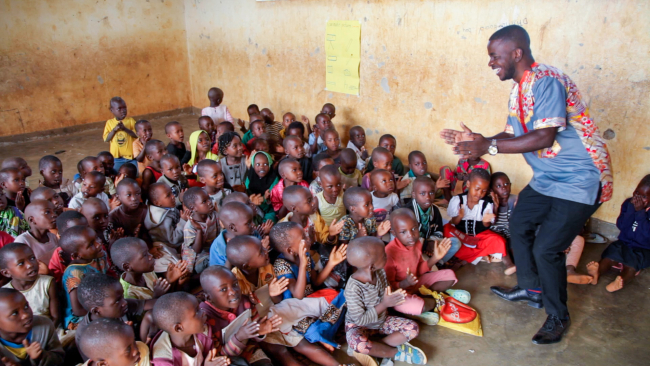On 11 March 2020, the World Health Organization (WHO) declared COVID-19 a global pandemic. In response, governments around the world took the unprecedented step of closing all schools as a way to curb the spread of the COVID-19 virus. The United Nations Educational, Scientific and Cultural Organization (UNESCO) estimates that school closures impacted almost 1.6 billion learners across 169 countries. Most children in this study experienced school closures, or partial or temporary re-openings, well into 2022.
Education systems had very unequal capacities to respond to school closures with remote learning and support to children and families. The most common format remote learning took was online learning (91 per cent), yet 1.3 billion of the 1.6 billion students out of school had no internet connection at home—let alone a device to learn on—and internet literacy was extremely low among students, teachers, and parents.10 Moreover, the majority of the estimated 300 million learners with online access were in high- or middle-income countries. Children in humanitarian settings were among the least likely to be able to access digital education. This digital divide exacerbated education inequalities everywhere. In low-income and humanitarian settings, school closures also amplified the pre-existing learning and school access crisis and cut children off from the protective services schools often provide.
Beyond this, little was known about how children living in humanitarian settings were experiencing COVID-19 school closures and remote learning. The present study aims to address this gap. It draws from qualitative data gathered in humanitarian con- texts in three countries and continents—Colombia, the Democratic Republic of the Congo (DRC), and Lebanon—to understand how children have experienced the impact of COVID-19 school closures on their protection, well-being, and education inequalities. The purpose of this action-oriented study is to ensure that children’s perspectives and their holistic well-being are at the centre of decision-making and planning processes during infectious disease out- breaks (IDOs) in humanitarian settings, particularly in regard to school closures and re-openings.
